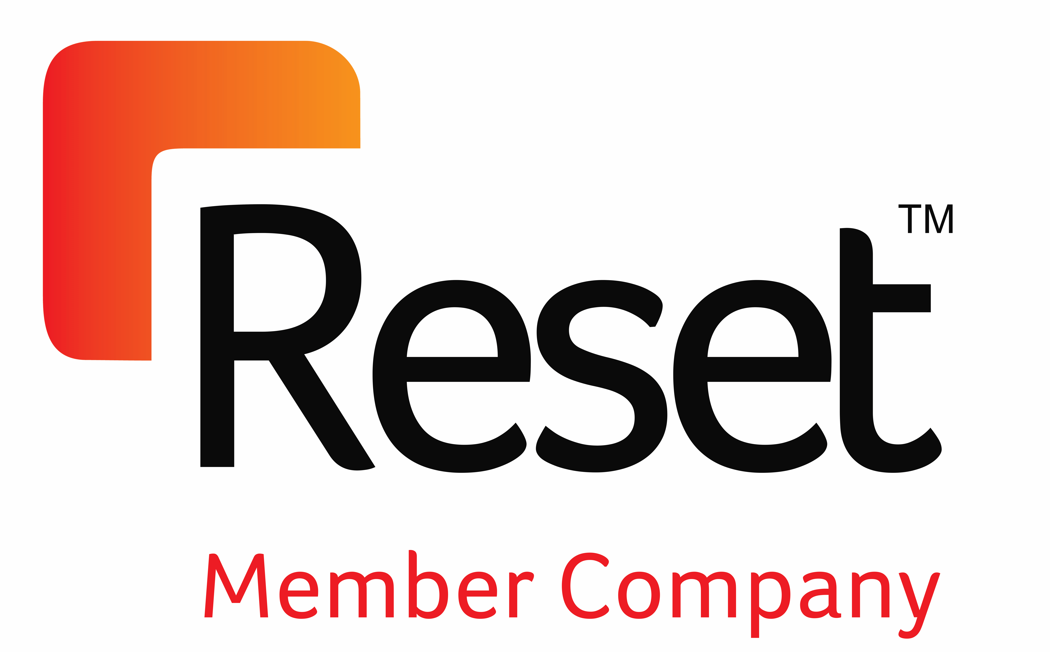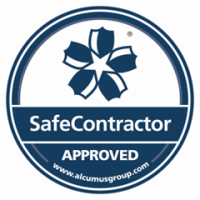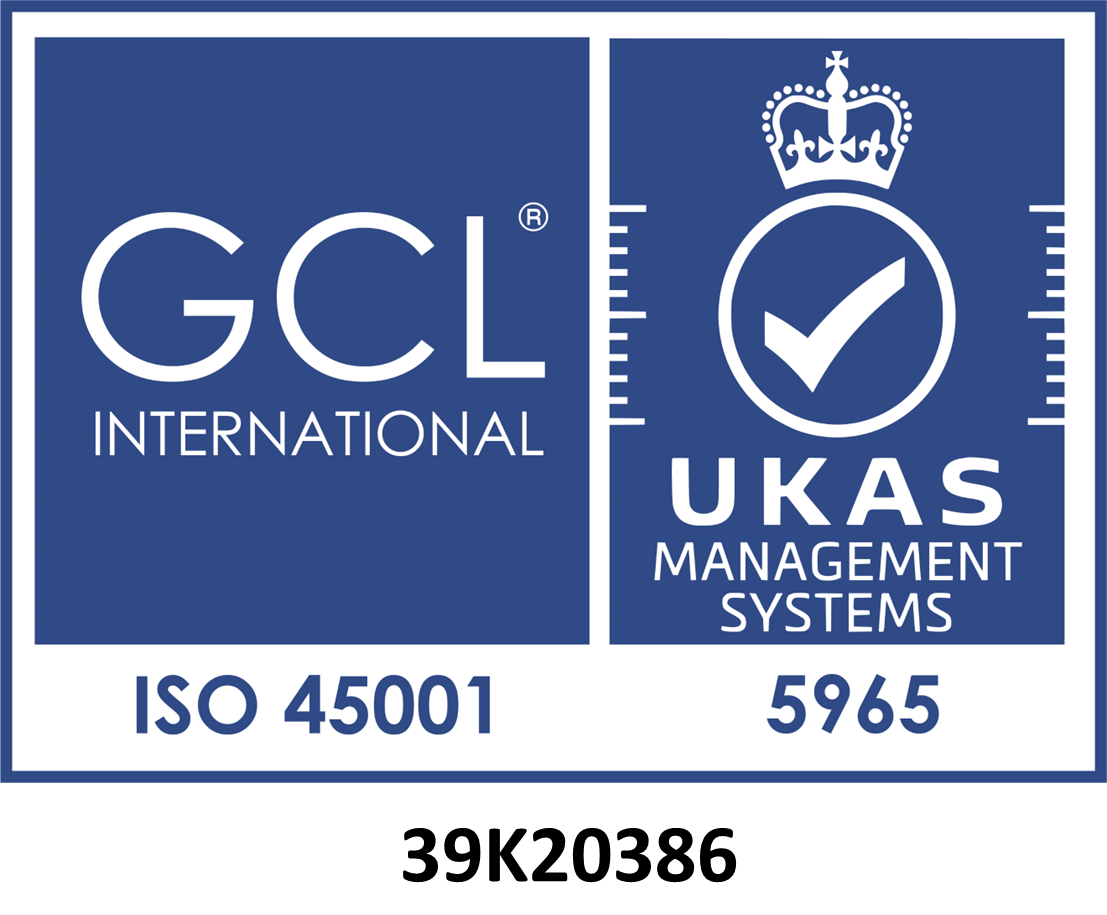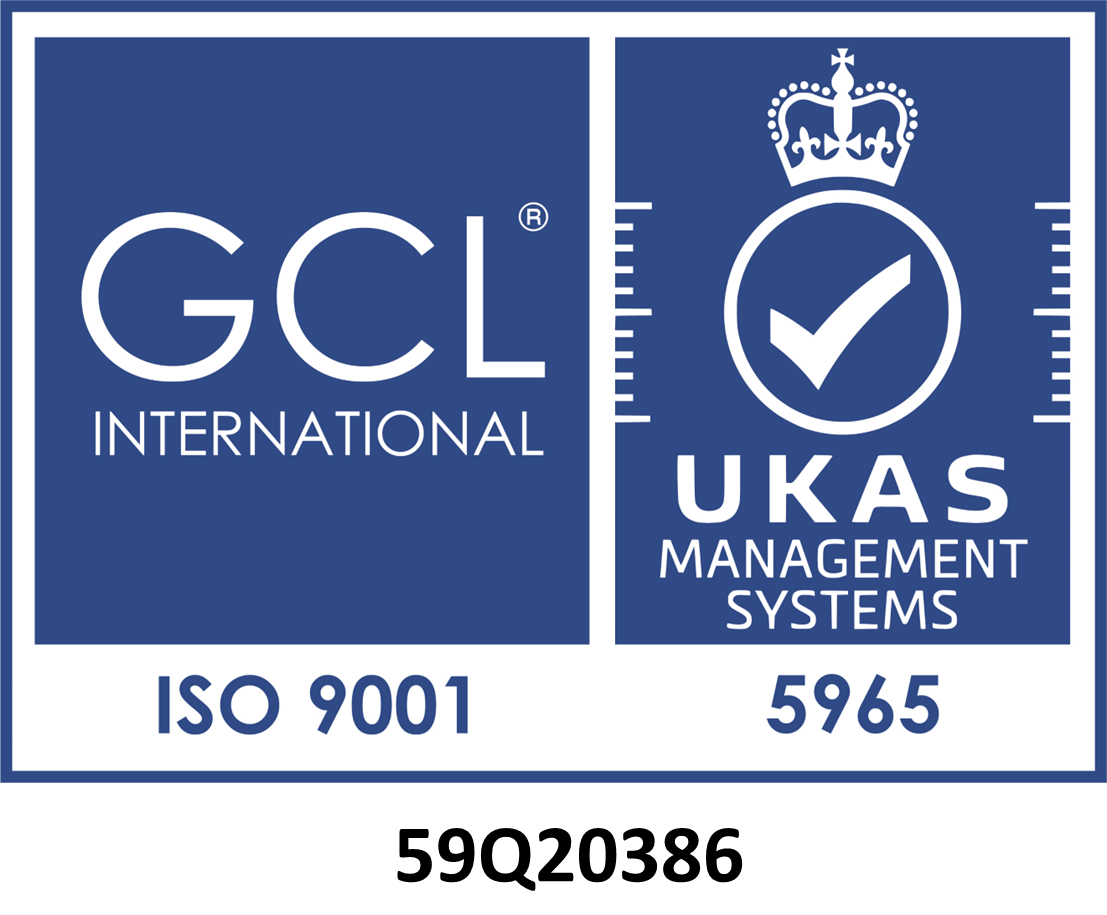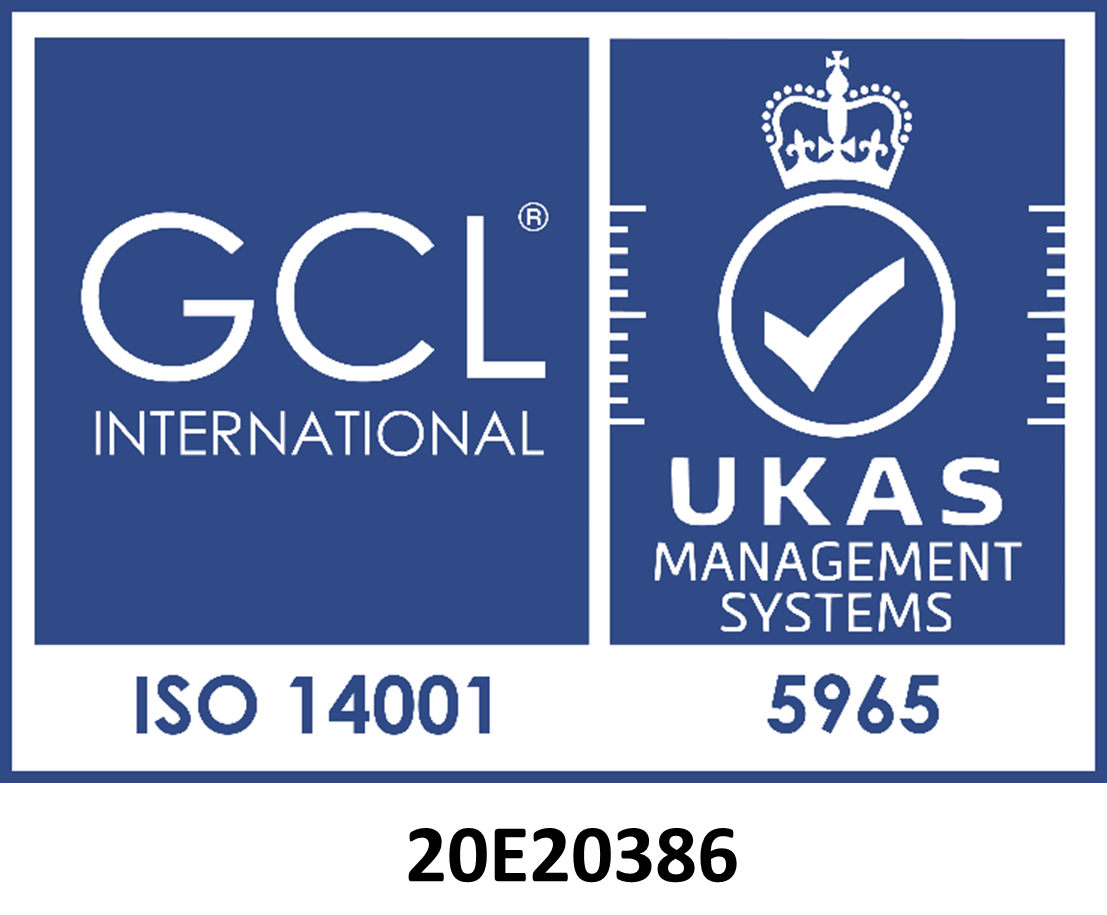Fume cupboards or fume hoods are designed to limit exposure to hazardous or toxic fumes, vapours or dusts and fume cupboard maintenance, as well as local exhaust ventilation or LEV maintenance are vital to keeping your personnel safe and healthy.
Two main types of fume cupboard exist – ducted and recirculating (or filtered). The principle of operation is the same for both types in that air is drawn in through a front aperature or opening and either expelled outside the building or made safe through filtration and returned back into the room. All fume cupboards need to be regularly maintained to ensure continued protection of users.
Even the best designed and engineered installation will cease to perform effectively if fume cupboard maintenance is not carried out on a regular basis, checking that the integrity of the system and its performance effectiveness is maintained at a safe standard.
Fume Cupboard Maintenance – Covering all of your LEV maintenance needs, including fume cupboard maintenance.
The Government’s Control of Substances Hazardous to Health (COSHH) regulations require employers to ensure that control measures, such as fume cupboards and local exhaust ventilation systems, are ‘maintained in an efficient state, efficient working order, in good repair and in a clean condition’. It is therefore recommended that a regular, routine maintenance schedule is carried out, in addition to the thorough test and inspection visit which must be performed at least every 14 months.
Proper fume cupboard maintenance and LEV maintenance is a vital part of any control regime and inspectors and enforcement officers should ensure that employers comply fully with regulation 9, particularly where there is exposure to substances that can cause cancer or asthma.
Tecomak can carry out scheduled and ad hoc maintenance and repairs to all types of LEV systems, including fume cupboards.
A local exhaust ventilation system is defined as an engineering control system to reduce exposure to airborne contaminants such as dust, mist, fume, vapour or gas in the workplace.
There are three basic types of LEV hood – a capture hood, a receiving hood or an enclosure hood. A fume cupboard is an enclosure hood and, because these are so widely used in laboratories handling hazardous chemicals, specific design and test standards apply.
Where is Fume Cupboard Maintenance Needed?
Fume cupboards are typically used in laboratories where hazardous or noxious chemicals may be released during research and development, testing, production or processes, as well as in other industries where hazardous gases, vapours or dust may be produced, including within schools and universities for science and design technology based learning. The fume cupboard is designed to protect the user, the product or process, and the environment.
LEV maintenance is needed for all of these applications, and the scheduling of this will depend upon the application of the fume cupboard itself.
The Typical Maintenance Schedule for a Ducted Fume Cupboard
Our approach to LEV and fume cupboard maintenance is thorough, involving testing every component for safety and integrity, replacing or repairing as needed.
Enclosure
Vital to ensuring no leakage can occur, we carry out a visual examination of the fume cupboard enclosure to ensure integrity, including the seals around main panels, sinks and other services. We also check storage voids underneath the main aperture, and the operation of the enclosure light, replacing it when required.
Controls
Qualified to carry out both mechanical and electrical maintenance, we will check all controls to ensure that these are not wearing. These checks will include the inspection of service control valves and calibration of airflow alarm systems.
Key to operational safety, we will also operate all other warning devices such as the sash height or low-flow switches to confirm that these are in full working order. We will test the air flow indicator device to ensure it provides operators a clear and accurate indication of flow. Where a liquid manometer is fitted to an extract system or filter housing, we will disconnect tubing and re-zero, then switch on the fume cupboard and note any movement of the fluid column.
Sash
In terms of the fume cupboard sash, we will carry out repeated movement through its entire travel to confirm ease of operation and we will lubricate this where necessary. We will test the operation of the working aperture stop and override mechanisms, check the alignment of pulleys and the condition of the pulley wires, replacing any that are distorted or broken, and we will inspect the sash screen for cracks, chemical attack, or any other damage likely to adversely affect the transparency of the screen.
Ducting
For ducted fume hoods we will examine the fume cupboard-to-duct work connection to confirm their seal and physical condition.
Carrying out a visual examination of the entire duct work run we will check for mechanical damage and leaks, including in the internal sections where condensate or any high chemical concentrations could have caused damage. The mechanical volume flow control dampers will be inspected to confirm freedom of movement and absence of internal obstruction, while fire dampers will be examined for corrosion, and operated where possible. Flow sensing devices and any other equipment located within the duct work will be examined and replaced if damaged.
Fan
The performance of your fume cupboard fan is essential to its operation. Here we will check the flexible coupling, including tie-clips, to the duct work for damage, wear, or leakage. We will carry out visual examinations of the anti-vibration mountings, all external features for mechanical integrity, the inside of the fan casing to confirm physical integrity, and absence from obstructions such as tissues, rubber gloves or filter papers, and the electrical supply cables, switch-gear, connectors and isolators for physical damage and continued electrical operation.
We will also check the rigidity of exhaust stack and the condition and tension of the drive belt, re-tightening or replacing this if necessary. We will check drive-shaft bearings for excess movement or other signs of wear and regrease these if needed, and we will lubricate the electrical motor in accordance with the manufacturer’s recommendations.
Tecomak’s Fume Cupboard Maintenance Services
Taking the time to understand your operation, whether you choose to use us on an ad hoc basis or contracted to carry out all of your maintenance needs, at Tecomak we use our professional asset database to track whenever your maintenance is due and send you reminders.
This database also allows us to be prepared for your unique system, and we endeavour to do on the spot repairs and replacement whenever possible, carrying the appropriate spares for your filter, fans and ductwork.
As specialist ventilation system professionals our team are qualified to carry out mechanical and electrical testing and repairs, allowing us to diagnose and fix electrical faults, including alarms. Offering all LEV maintenance, Tecomak can take care of all of your fume systems, allowing you to use just one contractor for all of your needs, and to benefit from more cost effective, faster servicing, with less downtime and less risk of contamination.
LEV Maintenance – The experience and expertise to understand your unique fume cupboard and LEV maintenance requirements.

